In a significant development, Russia‘s state-owned weapons company Almaz-Antey has reportedly established a drone production program in China, aimed at developing and manufacturing long-range attack drones for use in the Ukraine conflict, according to a Reuters investigation. This move could potentially reshape the dynamics of the ongoing war and raise new concerns about international cooperation in military technology.
New Garpiya-3 Drone Tested in China
IEMZ Kupol, a subsidiary of Almaz-Antey, has been at the forefront of this initiative. They’ve developed and flight-tested a new drone model called the Garpiya-3 (G3) in China, collaborating with local specialists. The G3 is no small feat of engineering – it’s reported to have an impressive range of about 1,243 miles while carrying a substantial 110-pound payload.
According to documents reviewed by Reuters, Kupol has informed the Russian defense ministry of its capability to produce the G3 and other drone models at scale in China. These drones are specifically intended for deployment in what Russia terms the “special military operation” in Ukraine.
Samples Delivered to Russia for Further Testing
In a move that substantiates these claims, seven military drones manufactured in China, including two G3 models, have been delivered to Kupol’s headquarters in Izhevsk, Russia. These drones are slated for further testing, likely to fine-tune their capabilities for combat scenarios.
European intelligence sources cited by Reuters claim this delivery marks the first concrete evidence of complete UAVs manufactured in China being sent to Russia since the Ukraine war began in February 2022. This revelation adds a new dimension to the ongoing discussions about international support for Russia’s military efforts.
China’s Stance and Denial
When confronted with these allegations, China’s foreign ministry maintained its standard position. They claimed to be unaware of such a project and emphasized their strict control measures on drone exports. However, their response left room for interpretation:
“China’s position presents a contrast with other nations with double standards on arms sales whom it said had added fuel to the flames of the Ukrainian crisis.”
This statement, while not directly addressing the allegations, seems to deflect criticism by pointing fingers at other nations’ arms policies.
Potential for Scaled Production and Future Plans
The ambitions of this project appear to extend far beyond the G3 drone. Kupol reportedly informed the Russian defense ministry that within a mere 8 months, the China-based project could be capable of producing a Chinese-designed REM 1 attack drone. This drone is said to boast an impressive 882-pound payload capacity.
Intelligence sources have drawn comparisons between this system and the U.S. Reaper drone, suggesting that Russia might be aiming to match or surpass Western drone capabilities.
Even more intriguing are the plans for a joint Russian-Chinese Drone Research and production center. This facility, reportedly planned for China’s Xinjiang province, could have the capacity to produce 800 drones annually. Such a center would represent a significant leap in collaborative military technology development between the two nations.
Implications for the Ukraine Conflict
The introduction of these advanced drones into the Ukraine conflict could potentially shift the balance of power on the battlefield. Long-range attack drones with significant payload capacities could provide Russian forces with enhanced reconnaissance and strike capabilities, potentially challenging Ukrainian air defenses and complicating battlefield logistics.
DroneXL’s Take
This development, if confirmed, represents a significant escalation in China’s support for Russia’s military efforts in Ukraine. While previous assistance was reportedly limited to components and sub-systems, the alleged production of complete weapon systems on Chinese soil would mark a new level of cooperation between these global powers.
The drone technology transfer between Russia and China could have far-reaching implications not just for the ongoing conflict in Ukraine, but for global geopolitics as a whole. It raises serious questions about the effectiveness of international sanctions and export controls designed to limit Russia’s military capabilities.
Moreover, this collaboration could potentially accelerate the development of advanced drone technologies, with both nations benefiting from shared expertise and resources. This could lead to a new arms race in the field of unmanned aerial vehicles, with other nations scrambling to keep pace.
The international community will likely be watching closely to see how this situation develops and what, if any, responses are made by Western powers and international organizations.
What are your thoughts on this alleged cooperation between Russia and China in drone production? Do you think it will significantly impact the course of the Ukraine conflict? How might other nations respond to this development? Share your perspective in the comments below – we’re eager to hear your take on this crucial issue.
Discover more from DroneXL.co
Subscribe to get the latest posts sent to your email.




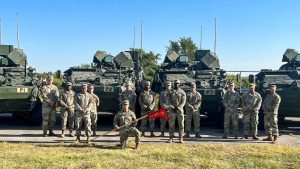


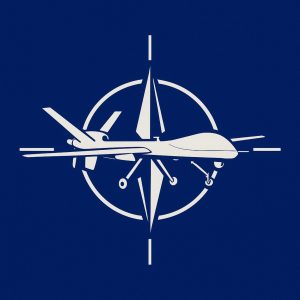
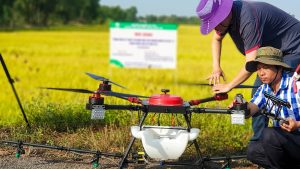
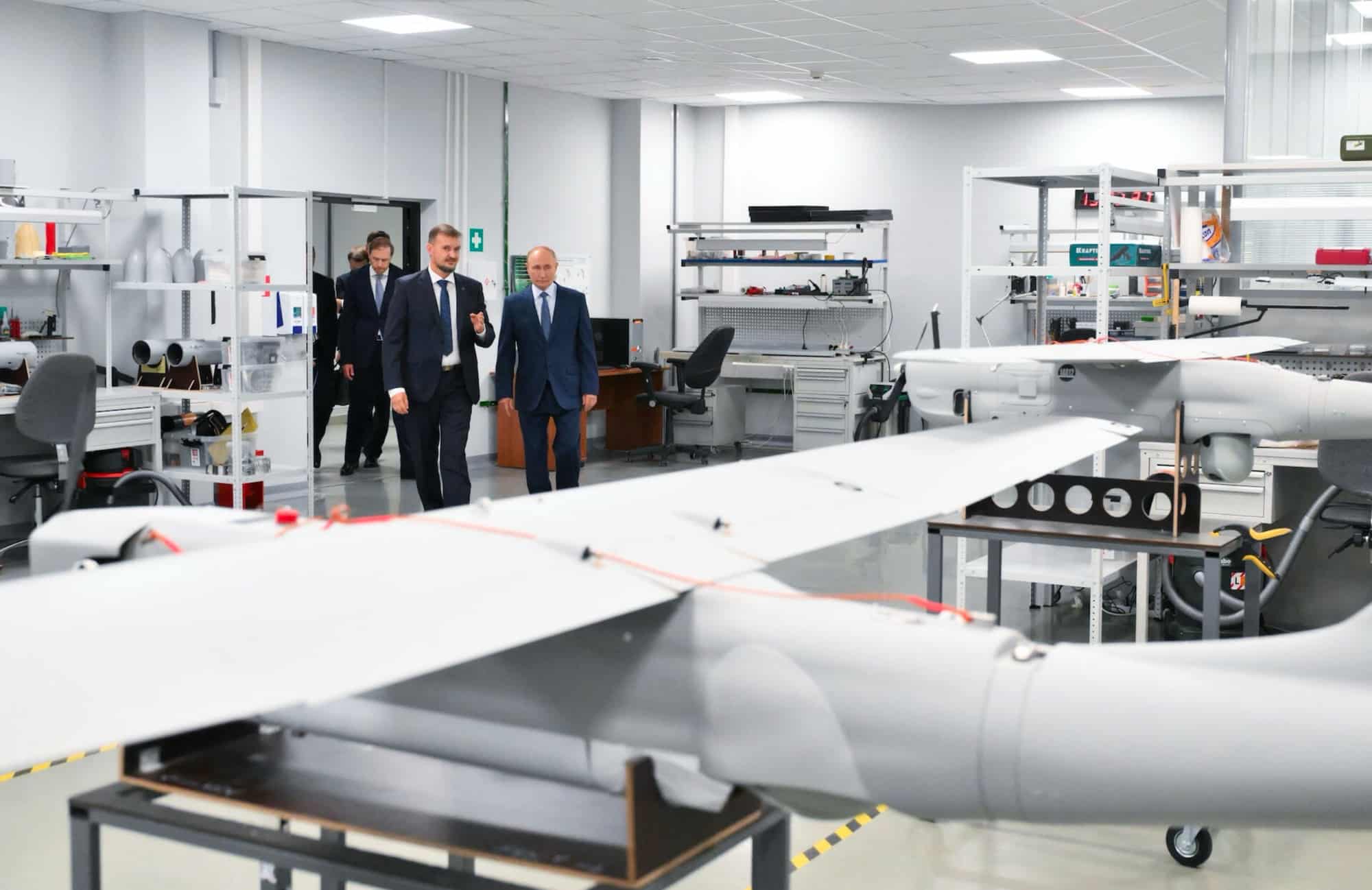





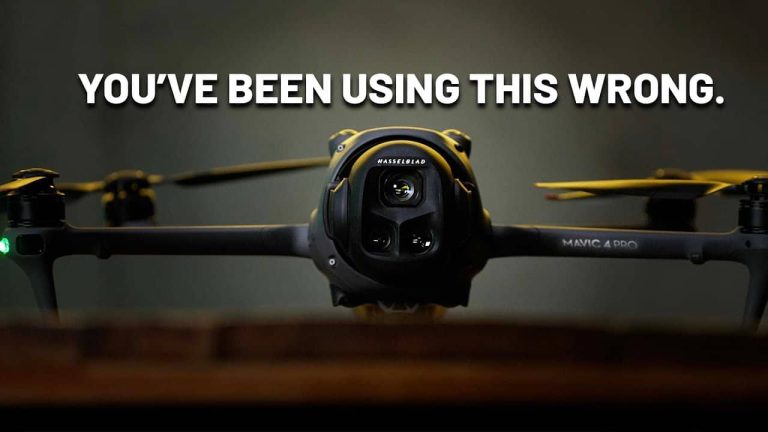
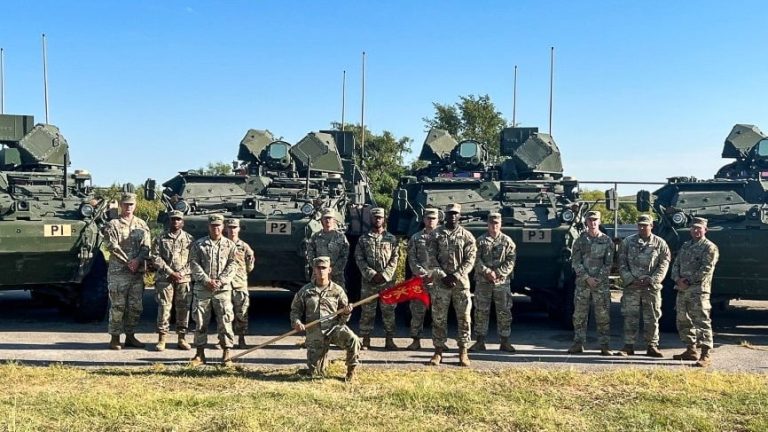

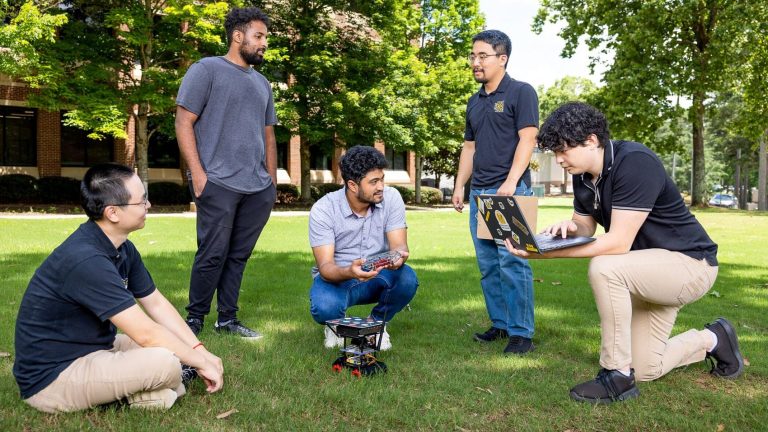

+ There are no comments
Add yours